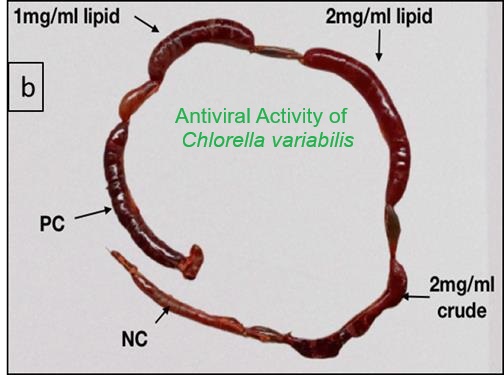Formulation and Characterization of a Transfersome-based Oral Care Gel: Development and Delivery of Encapsulated Lidocaine
DOI:
https://doi.org/10.24377/jnpd.article3407Keywords:
Transfersome, Thin-film, Oral gel, LidocaineAbstract
Introduction: This study reports the formulation and development of oral gel-based transfersome nanoformulations prepared via the thin-film method. Lidocaine was incorporated as the active local anaesthetic agent, and different concentrations of excipients were employed to achieve the optimized gel characteristics.
Aims: The aim of this research is to design, develop, and optimize a novel oral care gel in combination with lidocaine-entrapped transfersome carriers intended to promote gingival health, and improve the physicochemical and structural characteristics of the formulation for therapeutic applications in oral care.
Methods: Hydrogels with lidocaine were manufactured via sequential phase A–D compounding with and without preservative (phenoxyethanol+ethylhexylglycerin or Plantaserve E), then homogenized via magnetic stirring and high-shear mixing to achieve optimum uniformity. Transfersomes were produced by thin-film hydration using a rotary evaporator. These gel-based formulations were then characterized for their rheological properties, texture analysis, and Fourier transform infrared spectroscopy. Lidocaine entrapment efficiency was quantified using the HPLC technique and antimicrobial activity was tested against Candida albicans.
Results: The optimized gel incorporated transfersome formulation with lidocaine (NF8) demonstrated near-physiological pH (~6.5) and spreadability of 3.0 cm (the same as the control product, 3.0 cm). The same gel formulation showed a viscosity of ~75,840 cP and ~28,200 cP at 2.5 and 10 rpm. The texture analyzer showed a firmness of 122.3 ± 9.1 g and a shear work of 61.7 ± 9.1 g/sec. Entrapment efficiency of lidocaine in transfersome nanoformulation was found to be 71%, whereas the particle size and zeta potential were found to be 268 nm and -3 mV. Whereas non-sonicated dispersions showed larger transfersome particle size (453 nm) and wide polydispersity (PDI of 0.81).
Conclusion: These findings showed that transfersome-based gel has the potential to be used for their oral care application alongside their analgesic, antimicrobial, and anti-inflammatory effects.
Downloads
Published
Issue
Section
License
Copyright (c) 2025 Iftikhar Khan, Chahinez Houacine, Mandana Javeri Shahreza

This work is licensed under a Creative Commons Attribution 4.0 International License.
This journal provides immediate open access to its content with no submission or publications fees. Authors retain copyright and grant the journal right of first publication with the work simultaneously licensed under a LicenceCreative Commons Attribution License that allows others to read, download, copy, distribute, print, search, or link to the full text of works in this journal. It also allows others to remix, adapt and build upon the work, as long as credit is given to the author(s).


